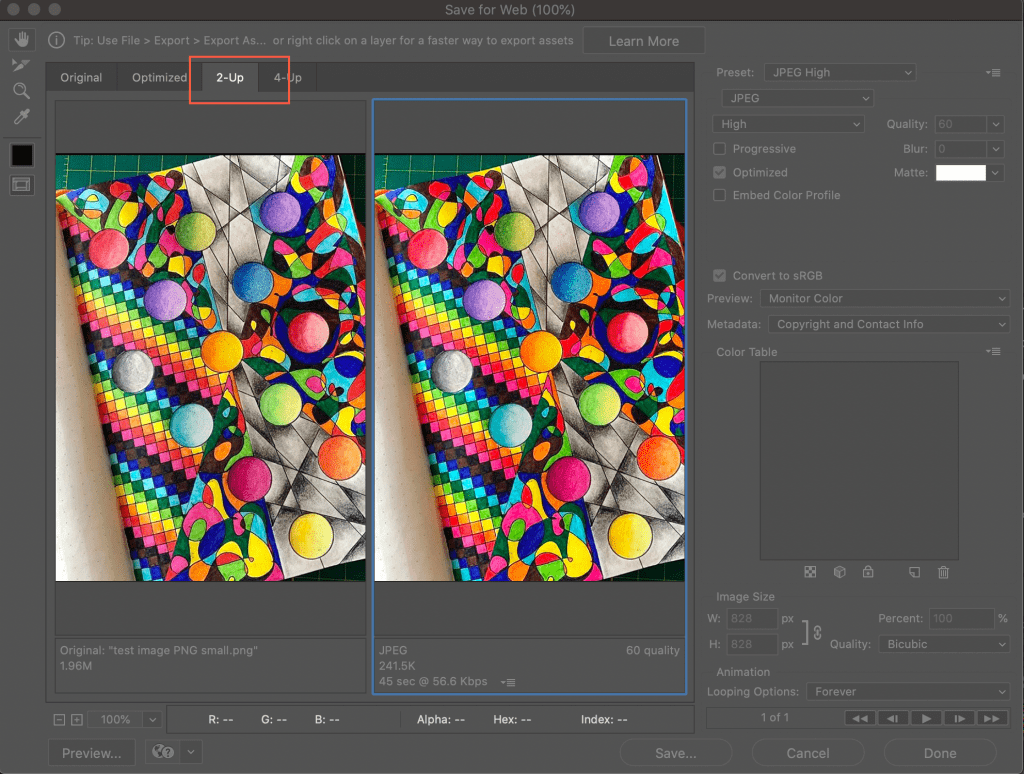
Its power and flexibility allow it to be used as a research tool by scientists in many disciplines, from medicine to astronomy. The ImageJ wiki is a community-edited knowledge base on topics relating to ImageJ, a public domain program for processing and analyzing scientific images, and its ecosystem of derivatives and variants, including ImageJ2, Fiji, and others.
Imagej software dor resizing pictures install#
That means teachers, students, or anyone can legally download and install it on multiple computers. ImageJ online documentation at NIH Take a Quick Tour of ImageJ 2
Imagej software dor resizing pictures software#
Wayne Rasband at the National Institutes of Health (NIH) develops and maintains ImageJ.Ĭost: Free this software is in the public domain.Īdditional information can be found at the following sites: Homepage of the ImageJ website at NIH Installers are available for Windows, MacOS and OSX, and Linux. Spatial calibration can be set to provide real world dimensional measurements. All analysis and processing functions are available at any magnification factor.

Custom acquisition, analysis and processing plugins can be developed using ImageJ’s built in editor and Java compiler. ImageJ, written in Java, was designed with an open architecture that provides extensibility via Java plugins. It runs, either as an online applet or as a downloadable application, on any computer with. Images can be zoomed up to 32:1 and down to 1:32. What is it ImageJ is a free, open source image processing program that can display, edit, analyze, process, save and print various image types. ImageJ is a public domain Java image processing program inspired by NIH Image for the Macintosh. It can calculate area and pixel value statistics of user-defined selections. It can "stack" a series of images that share a single window. It reads most common raster image formats including TIFF, GIF and JPEG as well as raw data files in text format, such as from spreadsheets. ImageJ can display, edit, analyze, process, save and print 8-bit, 16-bit and 32-bit images. It runs, either as an online applet or as a downloadable application, on any computer with a Java 1.1 or later virtual machine. ImageJs development started as long ago as 1987, when it was not even named ImageJ and Java was yet to be born.

ImageJ is a public domain Java image processing program.


 0 kommentar(er)
0 kommentar(er)
